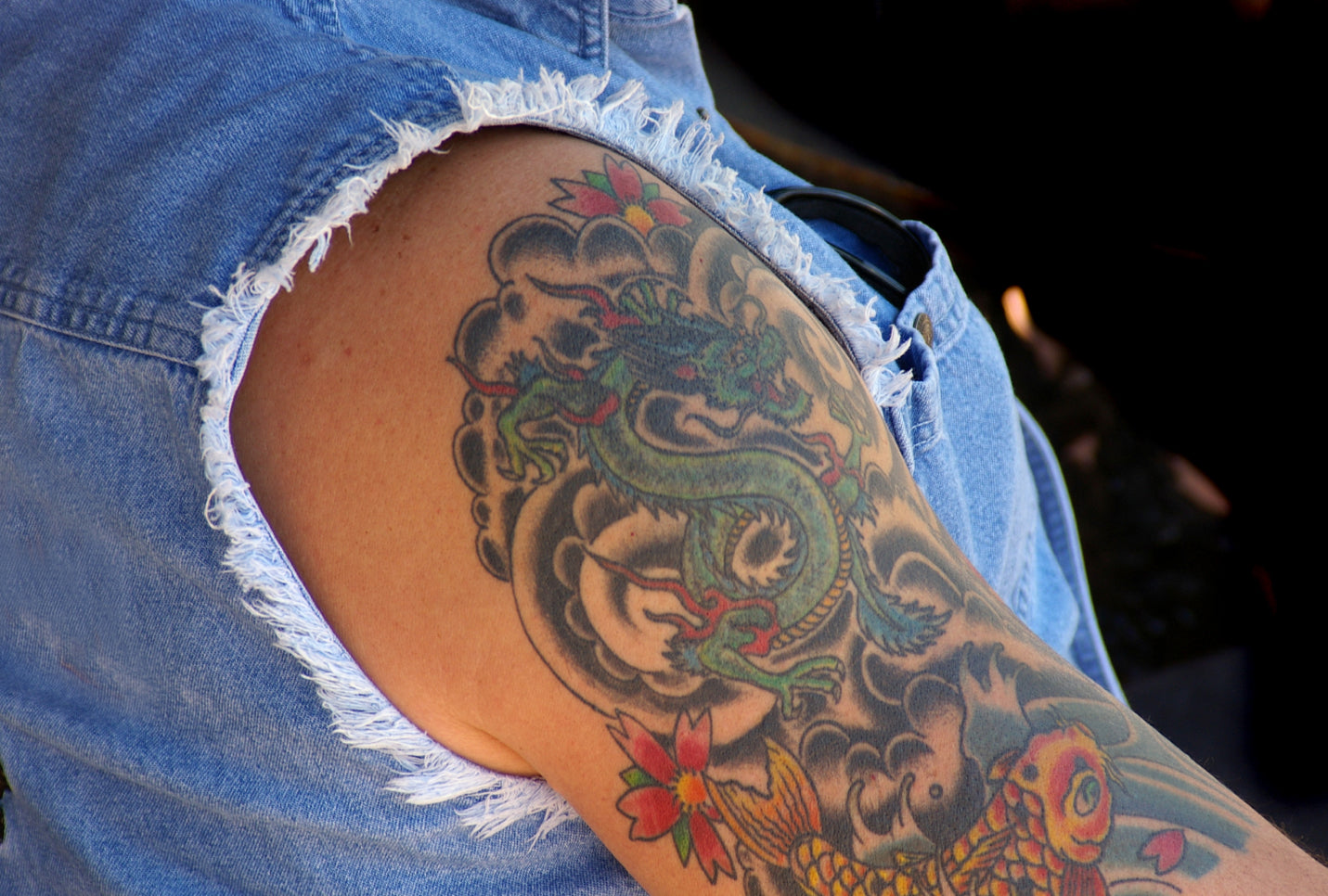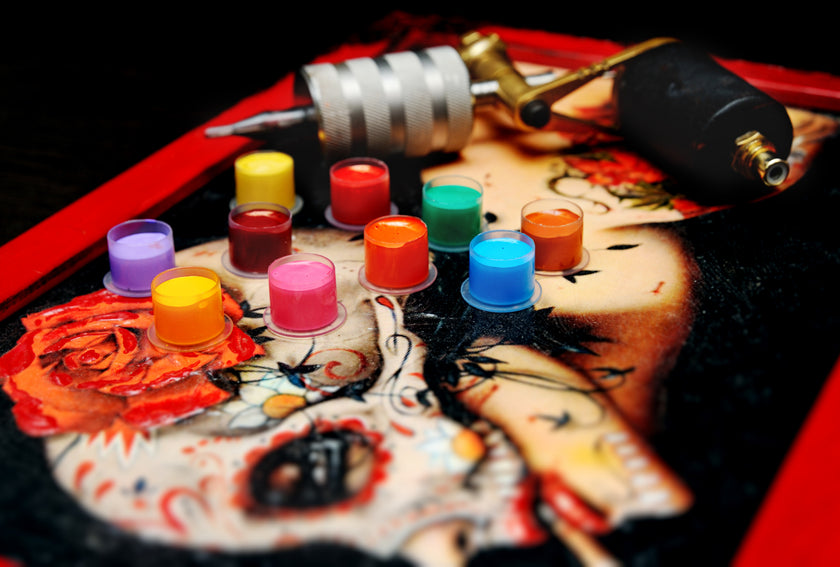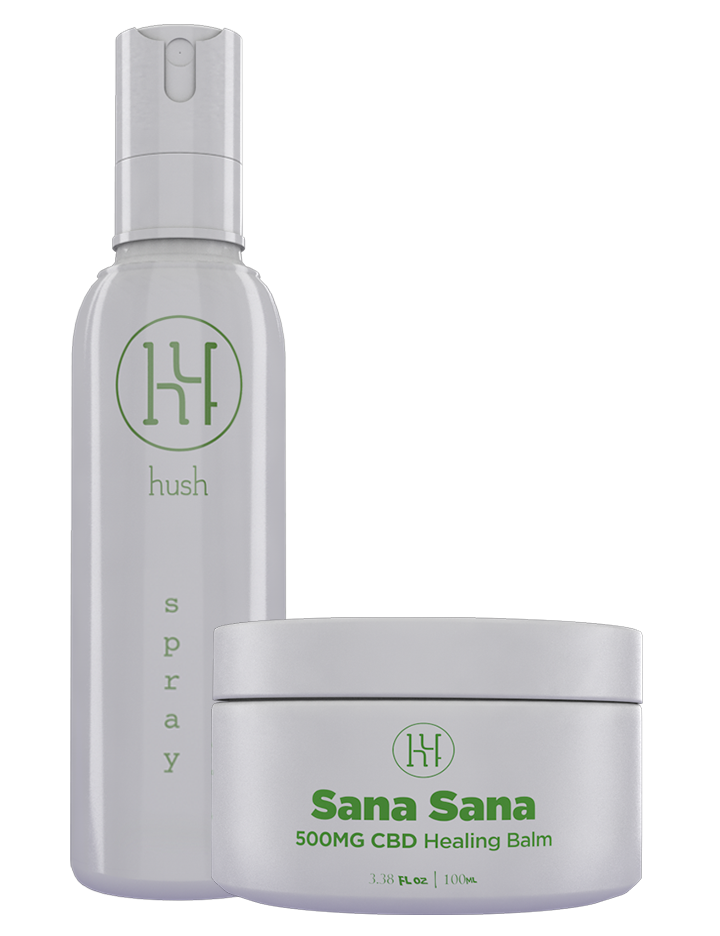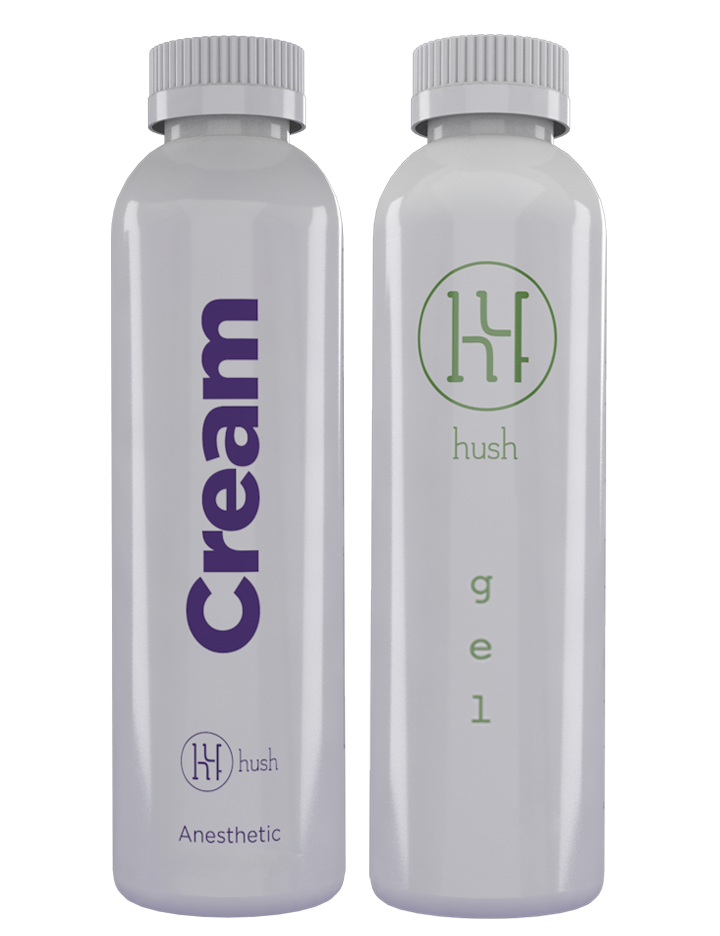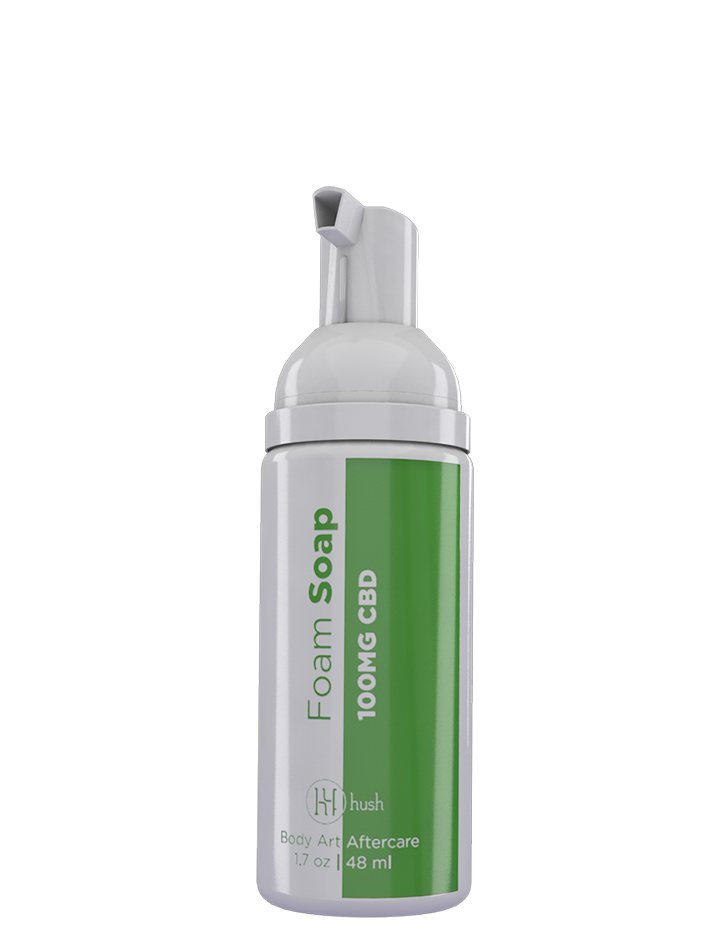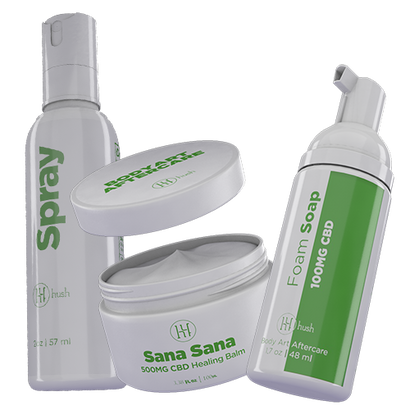
$45.99
A 30-year-old tattoo isn’t going to look as fresh, new, and vibrant as a six-month-old tattoo. Our skin changes as we age, and it’s part of nature. Protecting yourself from the elements and taking great care of your skin can work to keep a tattoo (and your skin) looking great for decades to come.
Here’s what you should know about the tattoo aging process and how to keep your ink looking sharp.
What Happens When a Tattoo Gets Old?
When tattoos get old, they settle in. The ink stays the same, but it may fade a little with time. Slight fading is normal.
Improper tattoo aftercare can lead to significant fading. If you’re on top of your tattoo skincare routine from the beginning, you can significantly slow down the fading process.
Is Tattooed Skincare Different From Regular Skincare?

When your tattoo is still healing, it’s going to need a lot of extra love and care. Healing tattoos are very vulnerable, and you’ll likely tend to your tattoo’s needs several times a day.
When your tattoo is fully healed, it’s technically the same as the rest of your skin. The biggest difference comes in the way you notice your skin.
If your skin needs some extra help, you may not notice right away. It’s a little clearer when there’s a tattoo underneath the top layer of your skin. If your skin is dry, sun damaged, or dehydrated, it’s going to affect the way your tattoo looks.
Drink Water (No, Really)
There’s a lot of water propaganda floating around, and it’s all true. Drinking water has endless benefits for your overall health. Every function your body performs is at least partially dependent on water. This includes the health of your skin.
If your skin is dehydrated, it can look sallow or even wrinkled. The effects of dehydration on your skin can be a lot more noticeable over your tattoo. Your tattoo might look much older or more faded than it really is.
Get yourself a motivational water bottle with hour markers if you know you’re not a good water drinker. Try some flavor drops if you need your H2O to be a little more exciting. Do whatever works for you — just make sure you’re getting enough liquid every day.
Prevent Further Sun Damage
It’s weird to think about the fact that the primary source of light for our entire planet is horrible for our skin. We can’t stress that enough.
Sun + unprotected skin = nope! Going outside without sun protection can be harmful, even if you won’t be outside for very long. Your skin works hard to shield everything inside of your body from the harmful effects of UV rays.
Although tattoo damage is the least of your worries (skin cancer should be at the top of the list), it’s inevitable when your tattoo isn’t protected from the sun. Ink can fade and become splotchy. Your tattoo can lose its shape. Once that happens, there’s no getting it back.
The best time to start putting sunscreen on your tattoo is the day it heals. If you haven’t been diligent about it in the past, it’s never too late to adopt better habits.
Use broad-spectrum SPF 30 or greater every day, everywhere. Your tattoo will benefit, but so will the rest of your skin. Slather up and stay safe.
Exfoliate the Dead Cells on Top of Your Skin
Your skin cells are constantly dying and being replaced by new skin cells. Over the course of your life, you’ll shed a shocking 77 pounds of dead skin cells. They don’t always slough off in a timely manner.
They often stick to the surface of your skin, causing the skin to look dull and making the texture rough. These dead skin cells can also act as a barrier that prevents the nourishing ingredients in moisturizers or skincare serums from reaching the layer of your skin where they’re most effective.
Exfoliating your tattoo can help it appear brighter and clearer. It’s fairly easy to exfoliate the dead cells away. Avoid harsh exfoliating scrubs, like those with pieces of nut shells or fruit kernels in them. They can scratch up your skin.
Gentle acid scrubs, like salicylic acid, help to gently remove the dead cells without damaging the healthy skin beneath. You can also keep it natural with gentle sugar or salt-based scrubs.
The skin on your face and upper torso is a little more sensitive than the skin on the rest of your body. If that’s where your tattoo is, start by exfoliating once a week and see how well your skin tolerates it. If your tattoo is elsewhere on your body, you can safely exfoliate your tattoo up to three times a week.
Deeply Moisturize Your Tattoo

Your skin is always a little thirsty. It works very hard to protect you from the elements and gets a little beaten up in the process.
You probably notice that your skin is a bit drier in the winter, but you may not have considered that your skin can get just as parched in the summer. All that sweat evaporating from the surface of your skin can leave it parched.
It doesn’t take much time to put lotion on every day. It’s even easier to put lotion on after a shower after you dry off a little bit.
It slides right on, and a little goes a long way. Regular nourishing lotion works fine for your whole body, but your tattoo might benefit a little more from the healing balm you got in your aftercare set.
Our CBD tattoo balm helps to heal your tattoo, but it also helps to keep it moisturized and nourished long after the healing process is through. You can keep using it to maintain the health of your tattooed skin.
As your skin heals and repairs its moisture barrier, you’ll need less and less tattoo balm to hydrate and nourish your skin. Your skin will find balance, and the balm will provide extra support.
The Wrap-Up: Your Tattoo Needs a Little Help To Stay Youthful
It’s normal for a tattoo to age and fade a little bit, but with great aftercare techniques and sun protection, you can slow down the aging process. Choose the right products, slap on some sunblock, and treat your body art like museum art.
You’ll be surprised how great it looks for years to come.
Sources:
5 reasons water is so important to your health | UCHealth Today
Sunscreen | The Skin Cancer Foundation
How Are Tattoos Permanent, When Humans Shed So Much Skin? | Science Alert
Cold weather and your skin | American Academy of Dermatology Association
